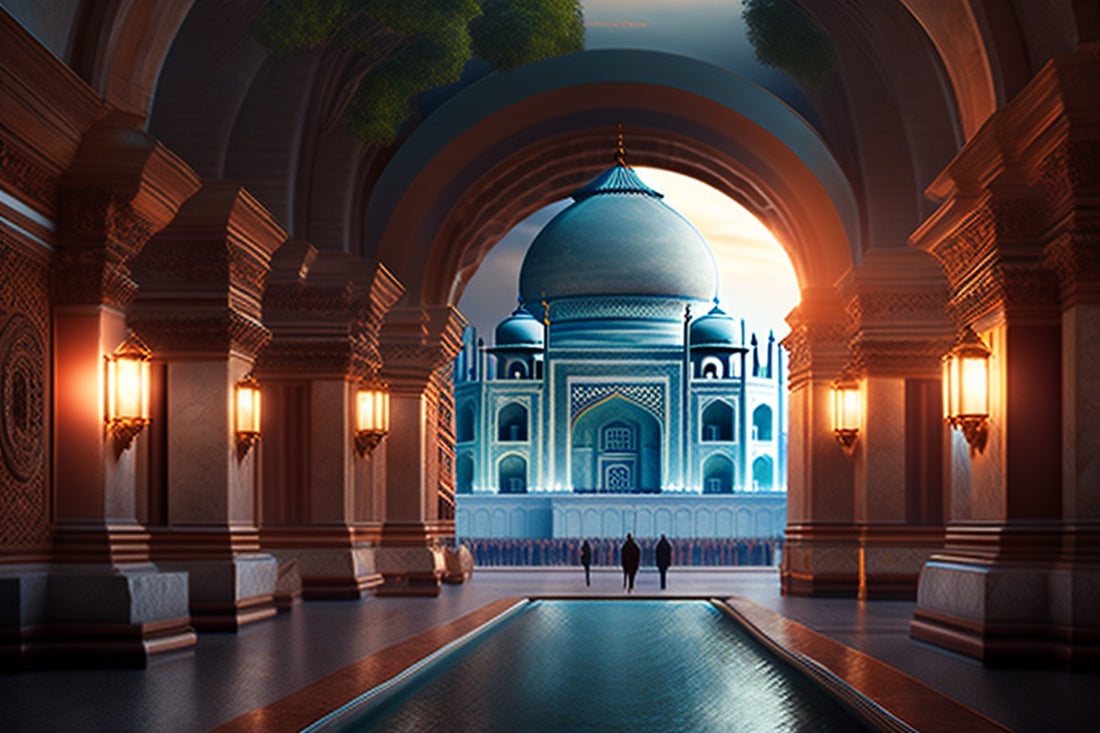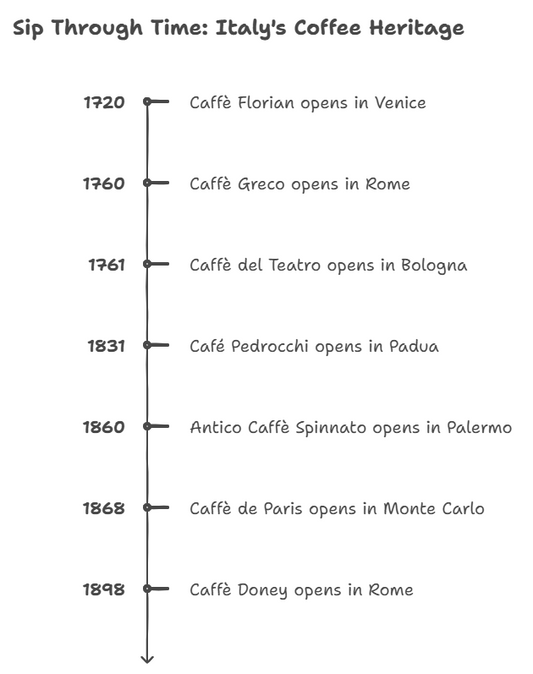
Italy is often called the India of Europe due to the similarities between the two countries. While there are differences, such as language and geography, Italy and India share cultural, historical, and economic commonalities. This article will explore the reasons why Italy is referred to as the India of Europe and analyze the factors that have contributed to this label.
I. Historical similarities
Italy and India have a long history of cultural exchange and trade, dating back to ancient times. Italian merchants traveled to India to trade spices and textiles, and Indian silk and cotton fabrics were highly prized in Italy. This exchange of goods also led to the exchange of ideas, with Indian philosophies such as Buddhism and Hinduism influencing Italian thought. Italian cuisine also shows signs of Indian influence, with spices such as cinnamon and cloves being used in Italian dishes.
"India and Italy have a lot in common in terms of their cultural heritage and traditions. Both nations have a rich history and are known for their contributions to art, literature, and music. In recent years, there has been a growing interest in Indian culture in Italy, which is evident in the popularity of yoga, Bollywood films, and Indian cuisine." - Lorenzo Angeloni, the Ambassador of Italy to India.
II. Cultural similarities
Both Italy and India place a strong emphasis on family, tradition, and religion. Family values are highly valued in both cultures, with family members often living in close proximity and providing support for each other. Religion also plays a significant role in both cultures, with Catholicism being the dominant religion in Italy and Hinduism being the dominant religion in India. Both cultures also place a strong emphasis on tradition, with rituals and customs being passed down from generation to generation.
"The similarities between India and Italy are striking, from the way they value family to their deep respect for tradition. This shared cultural heritage can be a great foundation for building stronger partnerships between the two countries." - Dr. K. B. Kushalappa, Researcher and Author.
Italy is known for its beautiful architecture, rich culture, and delicious cuisine. But have you ever wondered what the average height and weight of Italians are? It's fascinating to learn about the physical characteristics of people from different regions and countries.
III. Economic similarities
Both Italy and India have economies that rely heavily on small businesses and the service industry. In Italy, tourism is a major contributor to the economy, with millions of tourists visiting each year to experience Italian culture, food, and history. In India, the service industry is also a major contributor to the economy, with the IT sector and tourism industry showing significant growth in recent years. Both economies face challenges, such as corruption and political instability, but are working to address these issues.
"India and Italy share many economic similarities, such as their reliance on small businesses and the importance of tourism. However, there are also significant differences between the two nations, such as the size of their economies and the level of foreign investment. To strengthen economic ties, both nations need to work together to address these differences and find areas of mutual benefit." - Domenico Letizia, Journalist, and Economist.
IV. Religious similarities
According to Dr. Jyoti M. Pathania, Associate Professor at the University of Jammu in India, "Religion plays a vital role in shaping the cultural identity of a nation, and this is certainly true of Italy and India. While the religious traditions of these two countries are different, they share a common emphasis on the importance of family, community, and cultural heritage. This is reflected in everything from religious festivals and ceremonies to art and architecture, and is a testament to the enduring impact of religion on the cultures of Italy and India."
Similarly, Dr. Silvia Evangelisti, Professor of Early Modern History at the University of East Anglia in the UK, notes that "religion has played a crucial role in the history and culture of Italy, particularly in the form of the Catholic Church. The influence of Catholicism can be seen in everything from art and architecture to politics and social values. While there are certainly differences between the religious traditions of Italy and India, both countries share a deep respect for their cultural heritage and a strong sense of community that has been shaped by their respective religions."
V. Differences between Italy and India
Despite the similarities, there are also differences between Italy and India. These include differences in geography, language, and political systems. Italy is located in Europe, while India is located in Asia. Italian is the dominant language in Italy, while Hindi is the dominant language in India. Italy is a democratic republic, while India has a federal parliamentary democratic system. These differences have led to distinct cultural and economic differences between the two countries.
Have you ever heard of a place called the Venice of the East? It may sound like a dreamy destination, but it actually exists in India. Alappuzha, a city in the southern state of Kerala, has earned this nickname for a reason. We will explore the reasons behind Alappuzha's nickname and what makes it a must-visit destination. From its rich cultural heritage to its stunning natural beauty, there's no shortage of reasons to fall in love with this charming city. So let's dive in and discover why Alappuzha truly deserves the title of the Venice of the East.




